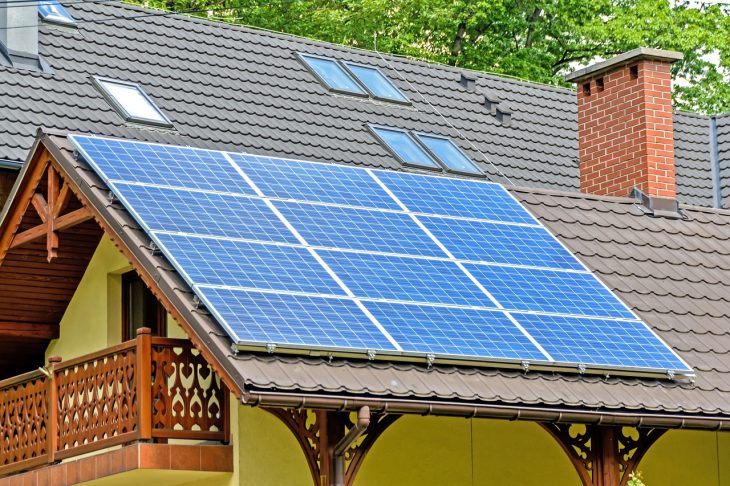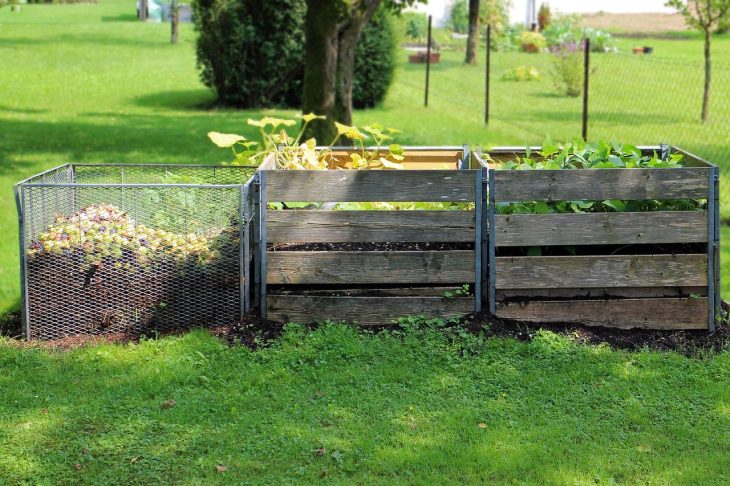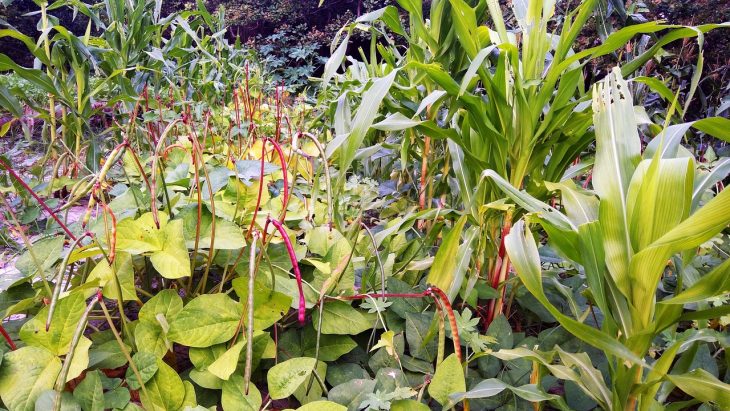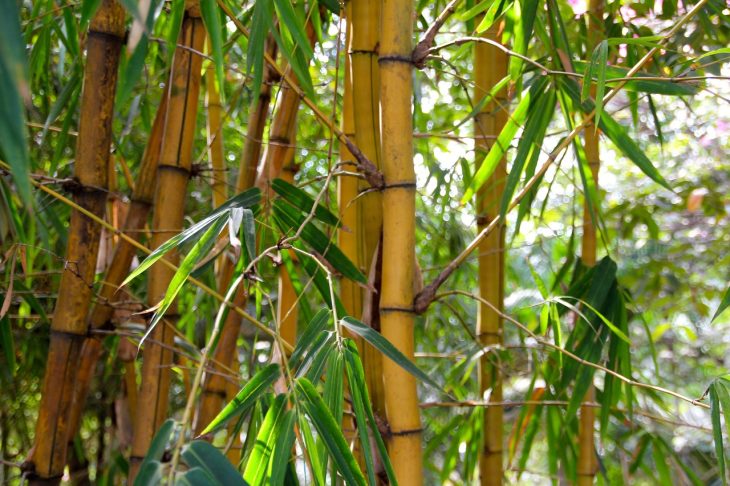
Eco-friendly living is on the rise!
As the world grapples with climate change, people are looking for ways to reduce their ecological footprint, starting right at home. Whether you live on a small suburban lot or a sprawling piece of raw land, transforming your lot into a more eco-friendly space can make a huge difference. Not sure where to start? Check out LandCentral’s Eco-Friendly Living: Embracing Sustainable Practices On Your Land:
1. Harness the Power of the Sun with Solar Panels
Installing solar panels is one of the most effective ways to reduce your reliance on the grid. Solar energy is renewable, abundant, and becoming increasingly affordable thanks to technological advancements and government incentives.
Benefits include:
- Lower electricity bills over time
- Reduced greenhouse gas emissions
- Increased property value
- Energy independence

Depending on your location and the size of your system, solar panels can significantly offset your household’s energy usage. Plus, solar batteries allow you to store excess energy for nighttime use or grid outages, further enhancing your self-sufficiency. Woohoo!
2. Collect and Utilize Rainwater
Rainwater harvesting is a practical and sustainable way to conserve water and reduce demand on systems. By installing rain barrels or a more advanced cistern system, you can collect runoff from your roof and store it for later. Obviously, you’ll need to live in a rainier area to make it worth it (we’re looking at you PNW).
Uses for harvested rainwater:
- Irrigating gardens and lawns
- Washing vehicles
- Flushing toilets (with the right plumbing setup)
- Fire suppression in rural areas

Not only does rainwater harvesting reduce your water bill, but it also minimizes erosion and stormwater runoff, helping to protect local waterways from pollution.
3. Create a Pollinator-Friendly Garden
Biodiversity is crucial to a healthy environment, and one of the most immediate ways to promote it is by planting a pollinator-friendly garden. Bees, butterflies, birds, and other beneficial insects are vital to food production and natural ecosystems, yet many face threats due to habitat loss and pesticide use.
Tips for a thriving pollinator habitat:
- Plant native flowers that bloom at different times of year
- Avoid synthetic pesticides and herbicides
- Provide water sources and nesting sites
- Incorporate flowering shrubs, herbs, and ground cover

Not only do these gardens support local wildlife, but they also enhance the beauty and productivity of your land, especially if you’re growing fruits or vegetables. Yum!
4. Turn Waste into Wealth with Composting
Composting is an easy and effective way to reduce household waste while enriching your soil. By composting kitchen scraps and yard trimmings, you create a nutrient-rich amendment that boosts soil health and plant vitality.
Compostable materials include:
- Fruit and vegetable peels
- Coffee grounds and tea bags
- Grass clippings and leaves
- Shredded paper and cardboard (uncoated)

Compost improves soil structure, retains moisture, and reduces the need for chemical fertilizers, making it a win for your garden and the environment. Plus it’s super easy to do. Just dump and wait.
5. Work With Nature, Not Against It with Permaculture
Permaculture is a design philosophy that encourages creating landscapes that mimic natural ecosystems. Instead of imposing control over nature, permaculture works in harmony with it.
Key principles include:
- Zoning (placing elements based on frequency of use)
- Companion planting
- Using renewable resources
- Designing for resilience and self-sufficiency

Whether you’re growing food or simply landscaping, permaculture offers a holistic approach that supports both people and planet.
Learn more with Permaculture Basics: 3 Tips to Get You Started.
6. Build with Eco-Friendly Materials
If you’re renovating or building new structures, consider choosing sustainable, non-toxic, and responsibly sourced materials. These options reduce your environmental impact and often last longer than traditional materials.
Sustainable material choices:
- Reclaimed or recycled wood
- Bamboo (a fast-growing, renewable resource)
- Recycled steel or concrete alternatives
- Non-toxic insulation like sheep’s wool or cellulose

Choosing green materials supports healthier indoor air quality, minimizes resource extraction, and often reduces construction waste.
So there you have it. LandCentral’s Eco-Friendly Living: Embracing Sustainable Practices On Your Land. Remember, sustainable living’s not about perfection, it’s about making conscious, lasting changes. By implementing even a few of these eco-friendly practices, you’ll turn your land into a thriving, regenerative space that benefits you, your community, and the planet.
Need your own land to get started? Check out these gorgeous lots today!